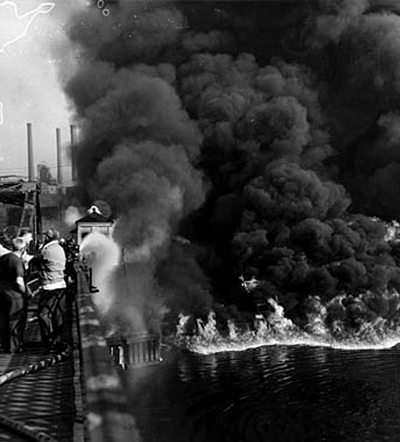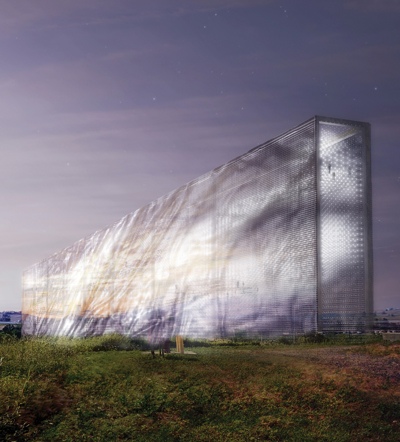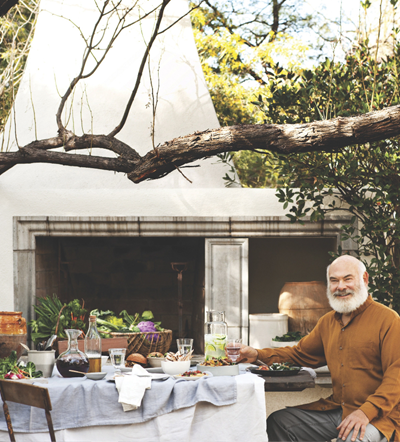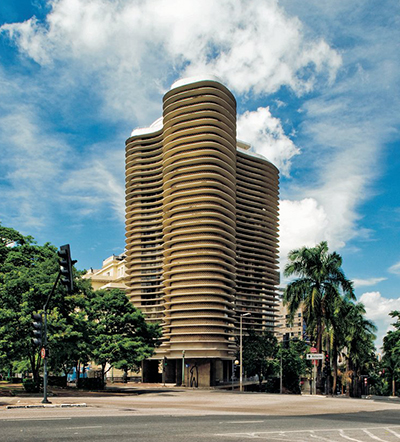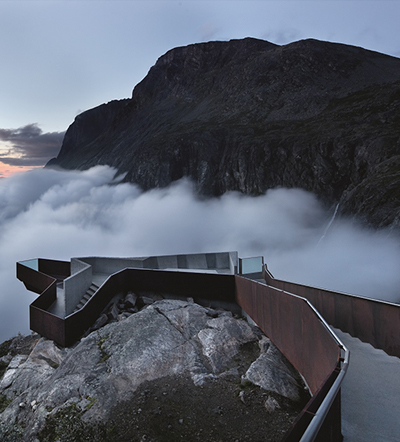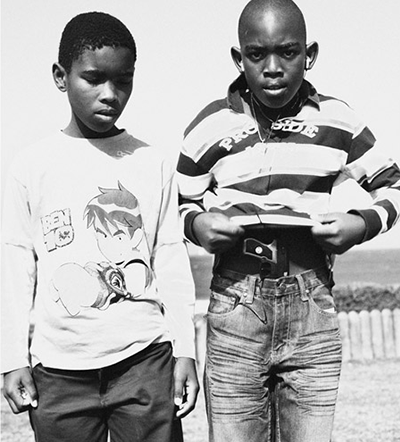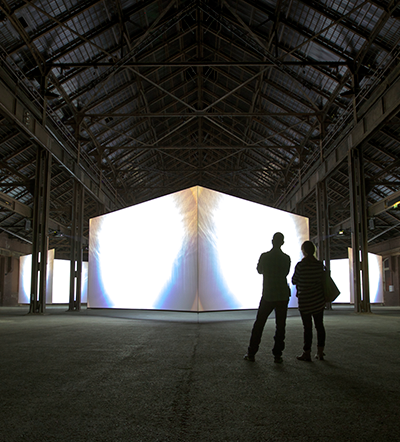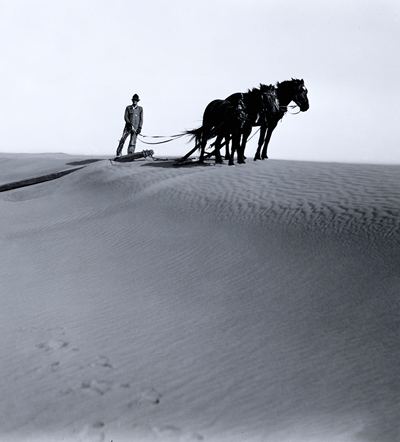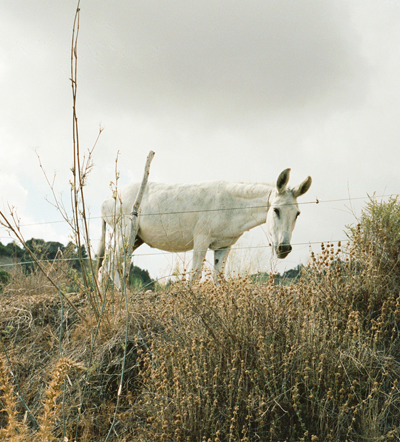
© Roberta Ridolfi
Like memories suddenly resurfacing, Italian photographer Roberta Ridolfi shares rediscovered images from a trip to Andalusia last September. “It’s amazing how editing can change the meaning of an edit,” she says. The edit indeed has a lighter mood compared to the original. Ridolfi finds inspiration from classic cinema, as if foretelling of her chosen title for the original series, Texas Hollywood. As if to emphasize this natural psyche, the way she describes how she became a photographer, is like reading the opening of a story: “My uncle had an old Nikon he bought in the 70’s he hardly ever used. For some reason he thought I could do something with it. Next thing I knew, I quit university and enrolled myself in a photography course. One thing led to another.”
Roberta currently lives and works in London as a fashion photographer.




 Facebook
Facebook Permalink
Permalink Digg
Digg Reddit
Reddit LinkedIn
LinkedIn StumbleUpon
StumbleUpon Tumblr
Tumblr
